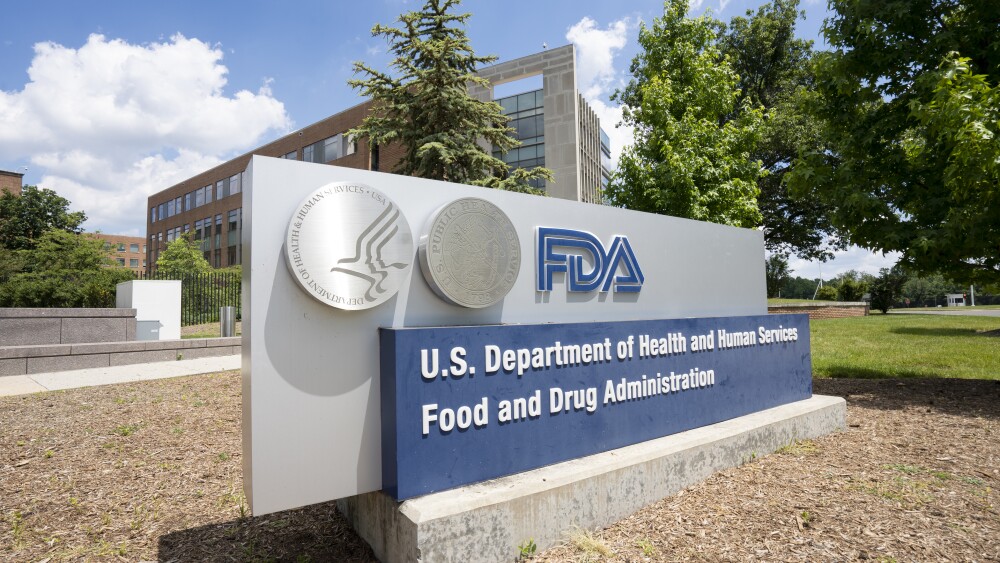Through substantial leadership turnover and workforce cuts, the FDA has continued to support the advanced therapy sector, actively working to remove obstacles to innovation.
The cell and gene therapy landscape has seen a mixed bag of headlines this year. Leadership changes at the FDA have attracted negative attention, but the current health administration is actually fueling positive momentum in some areas, particularly the cell and gene therapy space.
A bevy of changes have come down the pike, including last month’s guidances meant to streamline the path to market for these therapies and this week’s announcement of a new regulatory mechanism to support more baby KJs. The FDA is clearly showing its dedication to regulatory burdens for sponsors. This is a fundamental regulatory shift shaped by technological innovation and new political leadership.
News of positive change seems at odds with rocky personnel changes, but these kinds of actions are typical of a change in administration.
In a decade of leading several high-profile facilities builds and the scale up of the first ever CGT manufacturing facilities, my consulting firm, Project Farma, has witnessed many shakeups among officials. The moves we’re seeing today affirm regulatory trust in the data and maturity of the CGT sector. The sentiment in the industry and amongst organizations like the Alliance for Regenerative Medicine, where I serve as a board member, is that this momentum is real. While no system is perfect, we are hopefully witnessing the beginnings of a regulatory framework that balances scientific rigor with the speed and flexibility patients deserve.
Momentum with Modernization
At a recent roundtable, FDA Commissioner Marty Makary, CBER Director Vinay Prasad and HHS Secretary Robert F. Kennedy Jr. emphasized their commitment to streamlining regulation and cutting red tape. The intent with these changes is to reduce barriers, promote flexibility and retain U.S. leadership in biomedical innovation. As panelists at a recent roundtable, including Carl June and Tom Cahill, warned, China’s more permissive regulatory model has attracted early-stage cell and gene therapy development abroad. Without further action, the U.S. risks a brain drain and the erosion of its innovation advantage.
Nevertheless, the institutional direction and the industry’s biggest players remain supportive of and optimistic of the cell and gene therapy field, and these regulatory tailwinds are giving the market an unprecedented wave of momentum in strategic investment and dealmaking. This year alone, Eli Lilly announced an agreement to acquire Verve Therapeutics to expand its in vivo gene editing capabilities, while AstraZeneca added to its portfolio with the $1B purchase of Esobiotec, completed in May. AbbVie announced plans to buy CAR T developer Capstan for up to $2.1B, and Roche completed the acquisition of Poseida Therapeutics in a deal worth up to $1.5B.
These moves from the industry’s biggest players demonstrate that regardless of a challenging fundraising climate, major pharma companies are deepening their cell and gene pipelines through acquisitions, partnerships and platform investments.
Regulatory Action With Real Market Impact
In June 2025, the FDA made a landmark move to eliminate Risk Evaluation and Mitigation Strategies (REMS) across six approved CAR T therapies, citing extensive clinical experience and mature safety management protocols. This move broadens patient access, especially for rural and underserved populations, by allowing more community hospitals to administer CAR T treatments without the previously required certifications or proximity rules.
I expect that this decision is delivering immediate business impact for the sector, and that it represents a broader regulatory posture recognizing the clinical maturity of cell and gene therapies. The downstream impact of changes like this will be faster uptake, broader patient access and a clearer path to scale. Analysts suggest the strategic decision to remove REMS could signal a return to more permissive, patient-advocacy-driven approaches for rare disease approvals, potentially easing the path for certain cell and gene therapy programs.
While deregulation is a recurring theme, the FDA remains intent on protecting its “gold standard” reputation and balancing innovation with safety. See, for instance, the actions the FDA took in July 2025, when the agency evaluated a potential market withdrawal of Sarepta’s gene therapy Elevidys following three patient deaths, two of which involved acute liver failure. Elevidys had been granted accelerated approval, and Sarepta had received the first ever platform designation for the AAVrh74 viral vector it uses in gene therapy products for multiple muscular dystrophy indications.
Following a rapid review, the FDA investigation of an 8-year-old boy’s death in Brazil was ultimately deemed unrelated to Elevidys. The FDA later recommended lifting the pause for ambulatory patients, and Sarepta resumed shipments for this population. Shipments for non-ambulatory patients remain on voluntary hold pending updated safety labeling and risk-mitigation plans, while FDA placed clinical holds on other AAVrh74-based programs and revoked the vector’s platform designation, after already having worked with Sarepta to add a boxed warning to Elevidys for acute liver injury.
The Elevidys case reminds us that even amid regulatory optimism, the stakes remain high, and the agency should remain committed to balancing innovation and speed of development with keeping patients safe. As novel AAV-based therapies, as well as other CGT modalities, reach wider patient populations, post-market surveillance, real-time data integration and adaptive risk management will be essential to maintaining both safety and trust.
Securing US Leadership in a Competitive Global Market
Without consistent regulatory clarity and follow-through, the U.S. risks ceding innovation to countries like China, which already have faster regulatory paths for early-stage cell and gene therapies. If early-stage development continues to migrate abroad, the result will not only be a loss of U.S. leadership but also delayed access for American patients.
As more personalized or modular therapies reach the market under accelerated or adaptive pathways, long-term safety monitoring and public trust in FDA oversight will become critical issues. Regulatory agility will need to be paired with robust post-market regulations and oversight.
The FDA’s recent moves reflect a dual commitment to unlock access where scientific maturity allows, and to intervene decisively when safety is at stake. The removal of REMS from CAR T therapies marks a leap forward in democratizing advanced cancer treatment. But the scrutiny around Elevidys shows the agency remains vigilant, offering credibility to its deregulatory efforts and underscoring the need for smart, scalable oversight as the CGT landscape continues to evolve.
Sustaining the sector’s momentum will demand a commitment to modernization that keeps pace with science. As other nations adopt faster, more flexible frameworks, the U.S. must ensure its own systems are equally adaptive, without compromising the rigor that underpins trust in our therapies. The stakes extend beyond today’s patient access and encompass the U.S.’ ability to define the next generation of advanced therapies, anchor innovation within our borders and remain the global leader in translating breakthrough science into real-world cures.








